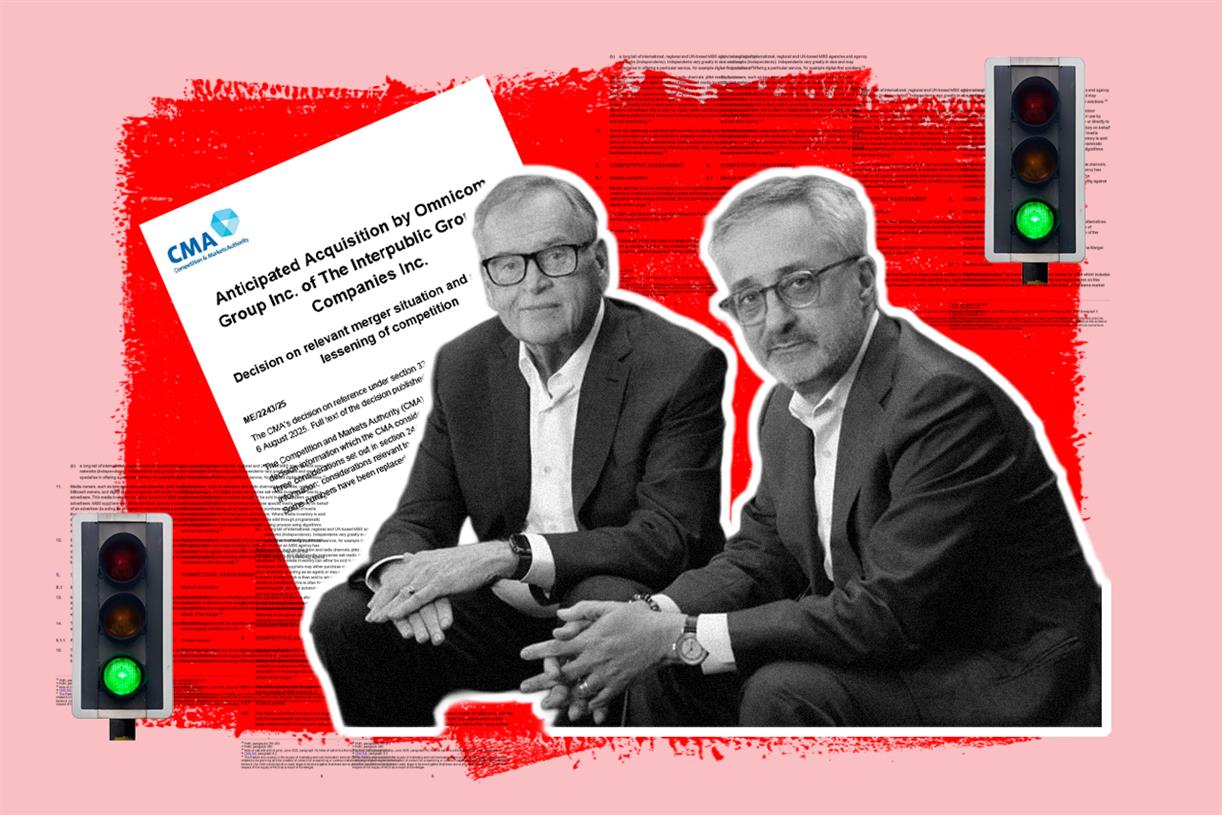How web accessibility can help brands boost business
Accessible's panel at the Ad Age Small Agency Conference detailed the benefits of making brand websites accessible to the 61 million Americans with a disability.

According to the Centers for Disease Control, 26% of adults in the U.S.—61 million people—have some type of disability. As an increasingly popular saying goes, disability is diversity, but while diversity, equity and inclusion are usually at or near the top of the list of priorities for the industry, disability does not command nearly the same attention.
But consider: While ADA compliance for company websites is legally mandated, it also gives brands and agencies access to upwards of $1.3 trillion in business, according to AccessiBe, a leading web accessibility solutions and technology company.
At the Ad Age Small Agency Conference on July 26 and 27 at The Escape Pod in Chicago, Rafi Glantz, partner and success team captain at AccessiBe, along with Hoby Wedler, chemist, entrepreneur and cofounder of Senspoint—the only U.S. agency led by a blind person—joined John Dioso, editor of Ad Age Studio 30, to discuss the importance and benefits of web accessibility for small agencies and their brand clients, as well as the large disability community. The panel attracted intense interest and the desire to continue the conversation long after the conference ended.
You can view the complete discussion by playing the video. Some quotes have been edited for clarity.
Web accessibility is the law—and it's the right thing to do
The Web Content Accessibility Guidelines (WCAG) outline the steps publishers and brands need to take to make sure their sites are accessible to people with disabilities. While both Glantz and Wedler emphasized that all companies are legally required by the ADA to make their websites web-accessible, they also pointed out that the rationale for accessibility and compliance is much more about common sense and simple humanity.
"If your business has stairs, you need a ramp," Glantz reasoned. "Similarly, you need a ramp for your website. There are different ramps for different kinds of assistive technologies and disabilities. Bottom line, if you have a website, it needs to be accessible to everybody."
Wedler added that it’s a matter of someone being able to access your brand versus not accessing your brand.
“Imagine I go to Taco Bell to get a burrito, and there's a whole bunch of people trying to get in,” Wedler said. “Everybody gets in, and they see me. They're like, 'No, dude. You're blind. Stay outside. No food for you.' That's what it feels like when I try to go buy something online or seek information online and the website I go to isn't accessible. It's like, OK, well I'm never going to go to that site again."
Glantz provided a simile of his own.
"If you owned a jewelry store and somebody in a wheelchair couldn't get in through your security door, you wouldn't lock the door. You'd run outside and try to sell this guy a diamond. There's no reason we wouldn't do that online. Even if it wasn't the law, it's discrimination. Nobody I’m familiar with or want to spend time with wants to be involved in discrimination in 2022."
How web accessibility benefits brands
The cold truth, Glantz explained, is that despite the best intentions of the advertising and marketing community, the vast majority of people only learn about web accessibility when they are sued for not meeting WCAG and ADA standards.
"The community of people with disabilities is not an aggressively litigious community," Glant said. "They want to buy your products. They want to participate in the economy, just like everybody else. And most businesses have no idea that they're not being inclusive, that they're actively excluding people."
In fact, Wedler argued, the disability community itself is a valuable asset for brands.
"Brands want to build a community around their brands." he said. "The disability community is a big group of people who talk, who communicate, who share positive resources. And if I say, 'Hey, you should check out so-and-so's website. It's totally accessible. I use it every day,' I'm going to get 10 of my friends to do the same thing. It is such a powerful thing."
What's more, Glantz pointed out, artificial intelligence technology has enabled solutions like AccessiBe's automated solution, AccessWidget, to help websites become accessible at a fraction of the former cost while improving performance from reach to SEO and the user experience.
"AccessiBe's solution is a widget that lets visitors go to your website and customize their experience without impacting anybody else's," Glantz said. “For example, if somebody has an epilepsy- or seizure-related disorder, they can pause any animations. If they have trouble seeing things up close, they can make the fonts bigger. If you're blind, like our friend Hoby, you'll probably use a screen reader to read the content on the website to you. Problem is, you have to make the website work with that screen reader. The tool makes all kinds of adjustments."
Wedler explained that this levels the playing field when it comes to accessibility, and that for brands, clients of brands or people visiting websites of clients, “it seals the deal for them.”
“And your clients are going to see that they are getting plenty more customers,” he said. “It's a breath of fresh air. When I go to a website that's accessible, it's like I can see exactly what's going on. I can read what images are about. I can actually make a purchase."
What agencies can do to promote web accessibility
Along with some best practices for how the small agencies in attendance could help their clients make their sites web-accessible, Glantz offered this advice: "Agencies are going to be the change-makers in this space. Individual business owners want to be on top of this stuff, but they're busy running their businesses. It's our responsibility as agency people to let them know about web accessibility."
And Wedler added, "As we think about this new age, where so much more is done on the internet, the ADA takes a different form. We need to think about how we can make life more accessible from a digital perspective."
To test your site for web accessibility click here.

 BigThink
BigThink 
































